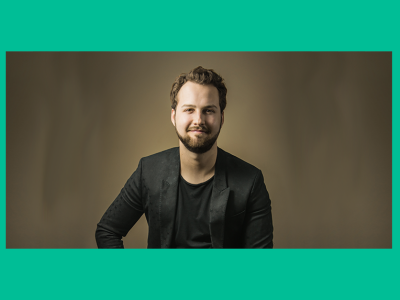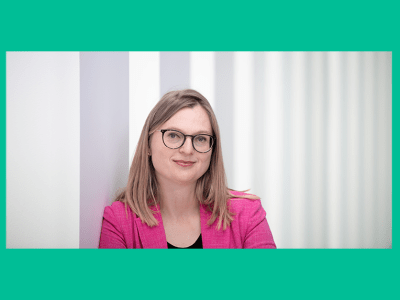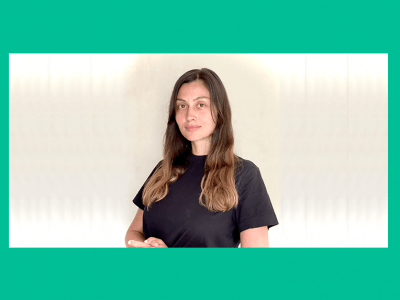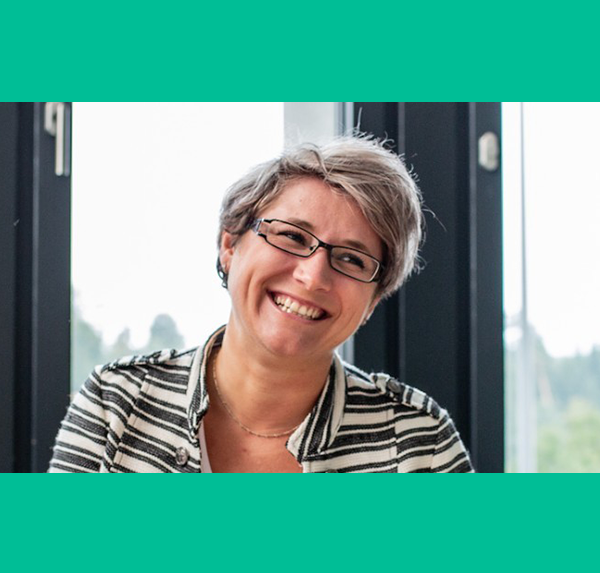Brand Evolution and Business Expansion at MAPFRE With Alejandro Boutin
Despite significant upheavals in the global economy, the insurance industry has remained resilient. Insurance companies have driven a range of innovations to adapt to shifting marketplaces and connect with customers across disparate demographics. These innovations include (but are not limited to) artificial intelligence (AI), automation, digitalization, alternative sales platforms and product diversification.
Business leaders of all types can learn valuable lessons by looking at the insurance sector. To that end, we invited Alejandro Boutin, who graduated from EU Business School in 1994, to come and talk about MAPFRE, one of the world’s leading insurance companies. Alejandro is currently CEO EMEA (Europe, the Middle East and Africa ) for MAPFRE Assistance, one of MAPFRE’s subdivisions, and heads many national MAPFRE companies worldwide.
MAPFRE’s recent approach to brand evolution and expansion has been considered pioneering by many in the insurance industry. In this post, we’re going to look at how the multinational company has developed its brand, driven global growth and consistently adapted to changing customer expectations.
A Short History of MAPFRE
MAPFRE is currently one of the world’s leading insurance companies. It is the biggest insurance provider in both Spain (with a 21% market share) and Latin America, and recorded €28.4 billion turnover last year. It boasts 26 million customers and 33,000 employees worldwide.
So how did it all start?
MAPFRE was founded in 1933 on the south coast of Spain. It offered farmers and agricultural businesses insurance against accidents and crop failures. Building on its initial success, MAPFRE moved into the automotive industry in 1945. Fast-forward to the present day and the company is by far the biggest car insurer in Spain – one out of five vehicles in Spain is insured by MAPFRE.
After gaining a foothold in the automotive industry, MAPFRE developed a decentralized structure that enabled it to employ representatives in most major towns and cities across Spain, thereby dramatically increasing the availability of its agriculture and automotive insurance products.
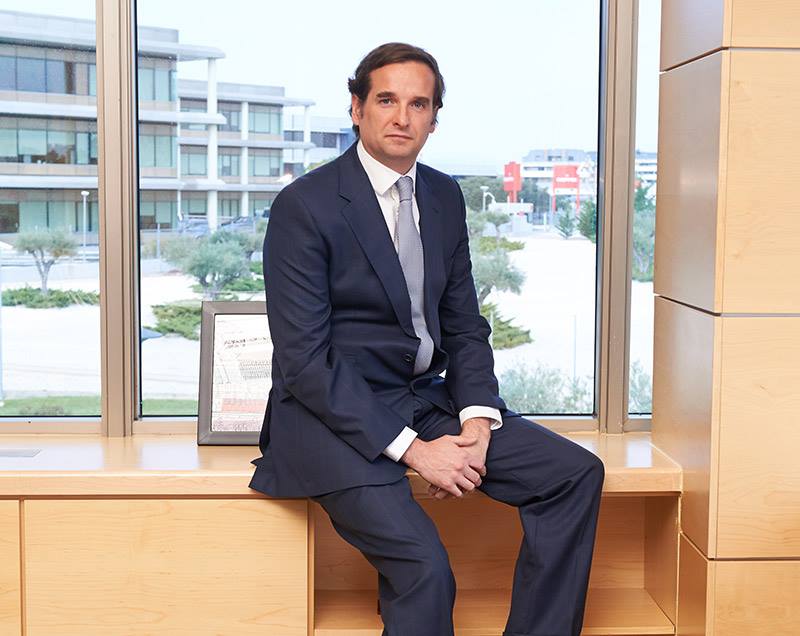
From 1955 onwards, three important milestones marked the expansion of MAPFRE. First, the company began to underwrite most types of risk, branching out from its established domains of agriculture and automotive insurance. Second, MAPFRE became the market leader in the Spanish insurance market. While its core product portfolio consisted of car, home and health plans, MAPFRE also pioneered new forms of coverage like travel insurance. Finally, in 1984 MAPFRE expanded beyond Spain, becoming a fully international enterprise. Initial expansion was in Latin America, where MAPFRE adopted a strategy of buying smaller insurance companies and incorporating them into its brand.
Moving into the New Millenium: A Digital Company
Moving into the new millenium, MAPFRE has expanded substantially. Its operations now encompass research, charitable endeavors, re-insurance (insurance of insurance companies) and many forms of assistance (such as roadside aid). Between 1990 and 2010, MAPFRE started moving into English-speaking countries and conducted several significant takeovers to fuel its expansion aims.
Since 2010, “digitalization” has been the guiding principle at MAPFRE. From its origins as a small Spanish insurance company helping farmers, it has moved onto a global, digital stage and continues to evolve and expand. Mapfre has developed brands like InsureandGo, Verti, Savia and others to grow its online presence and take advantage of new digital advertising and communication channels.
Over the last ninety years, MAPFRE has been guided by five core values: solvency and financial strength, integrity, commitment to service, innovation for leadership and team engagement. This framework has enabled the company to pursue rapid expansion while staying true to its core heritage and mission, and has proven instrumental to its success. It has allowed MAPFRE to work with corporate sponsors, like Rafael Nadal, Xabier Fernández, the Renault F1 team and others that align closely with its values.
Through Fundación MAPFRE, the company has also made an ongoing commitment to sustainability and corporate responsibility. It has received recognition as an environmentally-friendly company and has sought to reduce carbon emissions and plastic use in both its customer-facing and internal operations.
How Has MAPFRE Responded to COVID-19?
Like most companies, MAPFRE has been affected by COVID-19. While the company was able to manage the accelerated transition towards remote working relatively easily, it also saw a reduction in demand for a number of its products, particularly when it came to travel insurance and automotive plans.
Alejandro pointed out that while losses were offset to an extent by a reduced number of claims, MAPFRE has placed greater focus on promoting health solutions, such as its digital health platform Savia, through online channels. Generally, MAPFRE anticipates opportunities and market openings in the months and years ahead for alternative product lines.
Does the Prospect of a Career in Business Appeal to You?
If the story of MAPFRE has inspired you, then you could be destined for a business career, either as part of a large international enterprise or at the head of your own startup. As the world emerges from one of the worst pandemics in history and economies begin to recover, a myriad of opportunities for innovative business leaders will inevitably start to appear.
At EU Business School, we offer a range of courses, including our highly respected Bachelors, Masters and MBA degrees. As a student, you can pick from one of several international campuses, all of which are located in thriving European business capitals.


